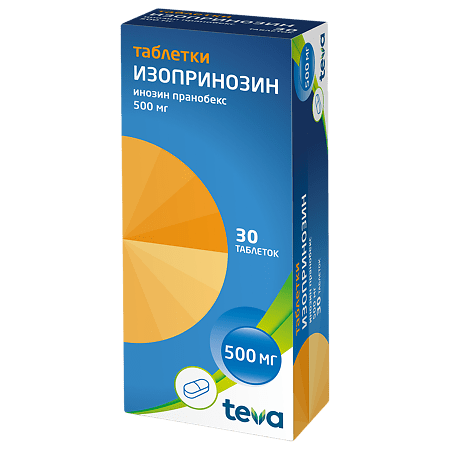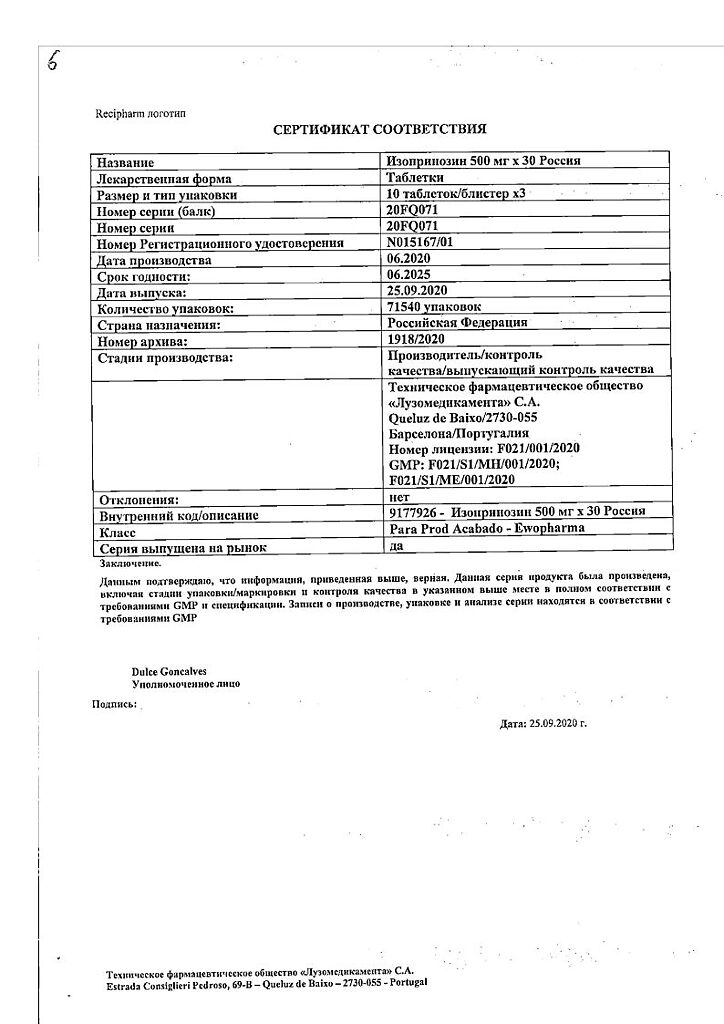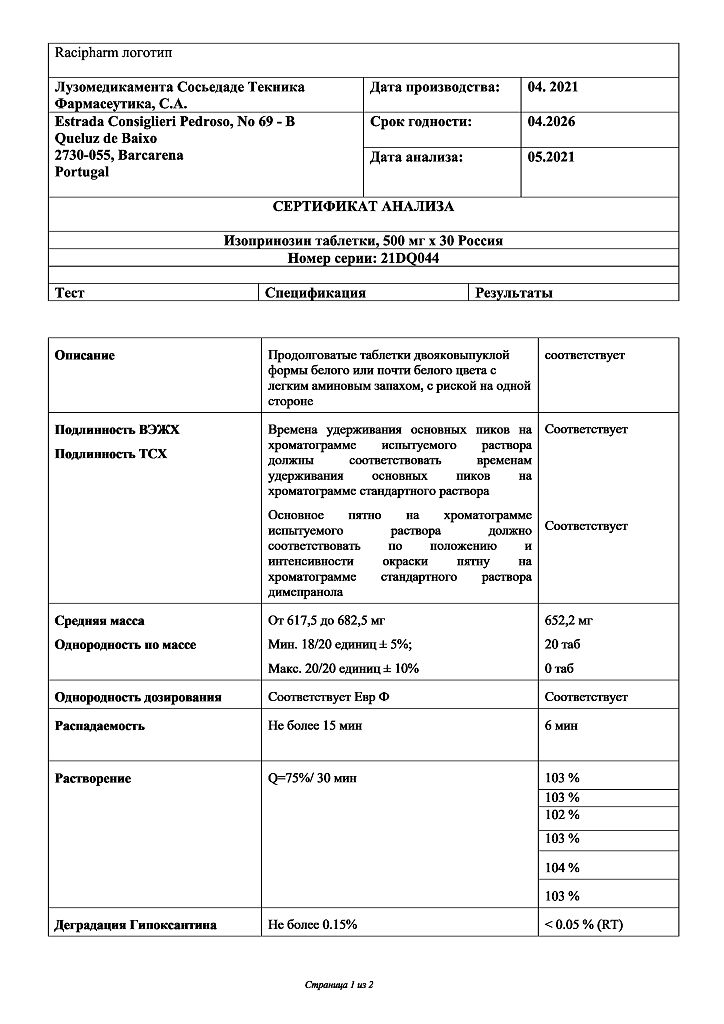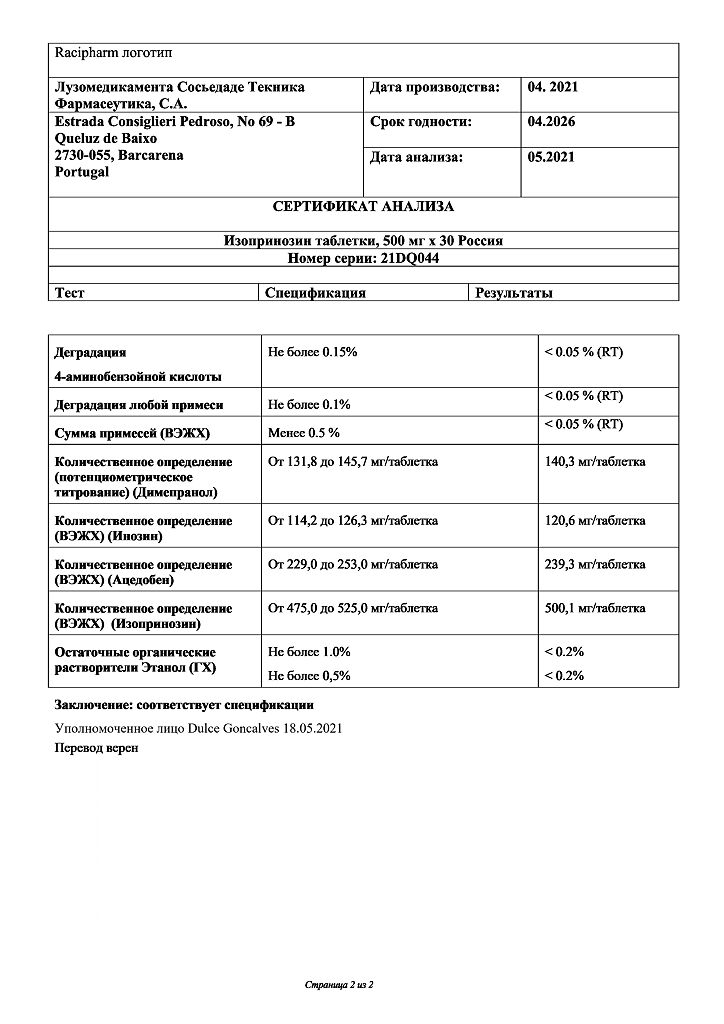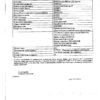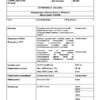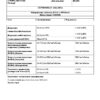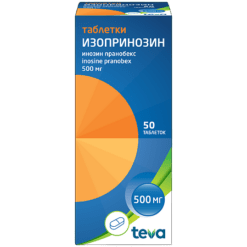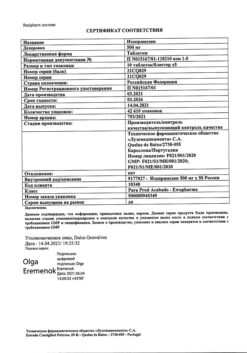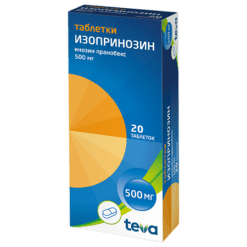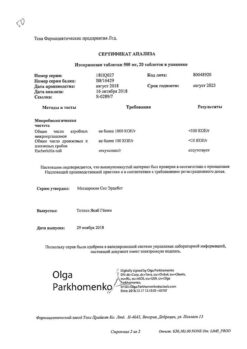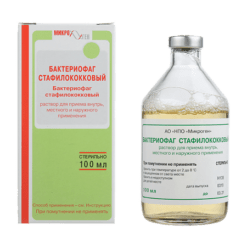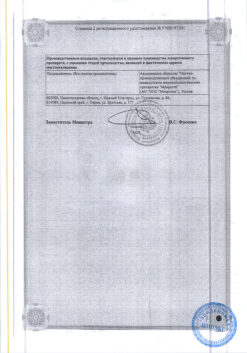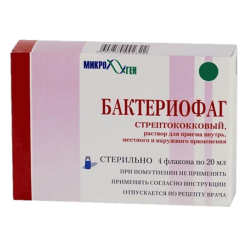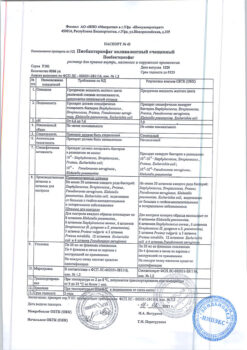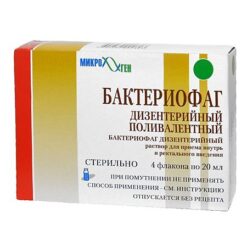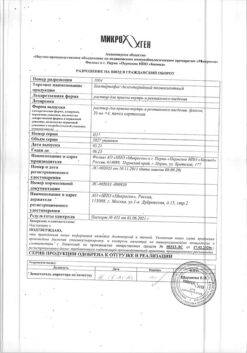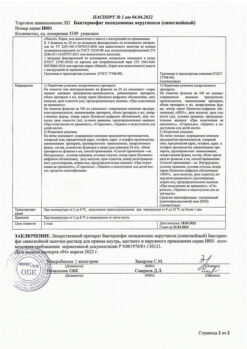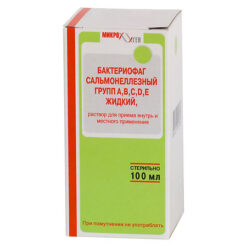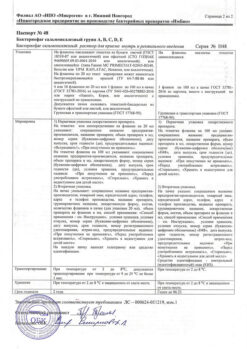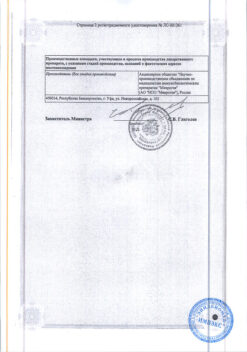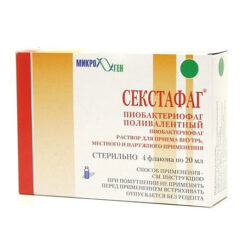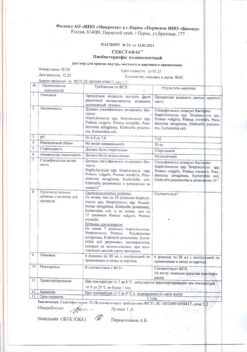No products in the cart.
Isoprinosin, tablets 500 mg 30 pcs.
€34.80 €29.00
Description
Isoprinosine is a synthetic complex derivative of purine with immunostimulatory activity and nonspecific antiviral action.
It restores functions of lymphocytes under immunosuppression, increases blastogenesis in monocytic cell population, stimulates expression of membrane receptors on T-helper surface, prevents decrease of lymphocytic cell activity under influence of glucocorticosteroids, normalizes thymidine inclusion in them.
. Isoprinosin has a stimulating effect on the activity of cytotoxic T-lymphocytes and natural killer cells, T-suppressor and T-helper functions, increases production of immunoglobulin (lg) G, interferon-gamma, interleukins (IL)-1 and IL-2, reduces formation of pro-inflammatory cytokines – IL-4 and IL-10, potentiates chemotaxis of neutrophils, monocytes and macrophages.
The drug shows antiviral activity in vivo against viruses:
- Herpes simplex.
- Cytomegalovirus.
- Coris virus.
- Human T-cell lymphoma virus type III.
- Polioviruses.
- Hypnea A and B.
- ESNO virus (human enterocytopathogenic virus).
- Encephalomyocarditis.
- Cone encephalitis.
. The mechanism of antiviral action of Izoprinosin is associated with inhibition of viral RNA and dihydropteroate synthetase enzyme which participates in replication of some viruses; it increases suppression of viral mRNA synthesis in lymphocytes accompanied by inhibition of viral RNA biosynthesis and translation of viral proteins and increases production of interferon-alpha and gamma which have antiviral properties.
In combined treatment it increases the effect of interferon-alpha, antiviral agents acyclovir and zidovudine.
Pharmacokinetics
The drug is well absorbed from the gastrointestinal tract after oral administration. The maximum concentration of the ingredients in the blood plasma is determined after 1-2 hours.
It is quickly metabolized and excreted through the kidneys. It is metabolized similarly to endogenous purine nucleotides with formation of uric acid. 1M-dimethylamino-2-propranolone is metabolized to N-oxide, and para-acetamidobenzoate to o-acylglucuronide.
No cumulation of the drug in the body has been detected.
The elimination half-life is 3.5 hours for N-N-dimethylamino-2-propranolone and 50 minutes for para-acetamidobenzoate. Elimination of the drug and its metabolites from the body occurs within 24-48 hours.
Indications
Indications
– treatment of influenza and other acute respiratory viral infections;
– infections caused by the Herpes simplex virus types 1, 2, 3 and 4: genital and labial herpes, herpetic keratitis, herpes zoster, chicken pox, infectious mononucleosis caused by the Epstein-Barr virus;
– cytomegalovirus infection;
– severe measles;
– papillomavirus infection: papillomas of the larynx/vocal cords (fibrous type), papillomavirus infection of the genitals in men and women, warts;
– molluscum contagiosum;
– subacute sclerosing panencephalitis.
Pharmacological effect
Pharmacological effect
Pharmacotherapeutic group: immunostimulating agent.
ATX code: J05AX05
Pharmacological properties
Special instructions
Special instructions
Isoprinosine, like other antiviral drugs, is most effective for acute viral infections if treatment is started at an early stage of the disease (preferably from the first day of the disease).
After two weeks of using the drug, the concentration of uric acid in the blood serum and urine should be monitored.
Also, with long-term use, it is recommended to periodically monitor the concentration of uric acid in the blood serum and urine.
Patients with significantly increased concentrations of uric acid in the body can simultaneously take medications that lower their concentrations.
It is necessary to monitor the concentration of uric acid in the blood serum when prescribing the drug simultaneously with drugs that increase the concentration of uric acid or drugs that impair renal function.
With long-term use, after four weeks of use, it is advisable to monitor liver and kidney function every month (transaminase activity, level of creatinine, uric acid in blood plasma).
The drug should be used with caution in patients with acute liver failure, as it is metabolized in the liver.
Impact on the ability to drive vehicles and machinery
The effect of isoprinosine on the psychomotor functions of the body and on the ability to drive vehicles and moving machinery has not been studied.
When using the drug, the possibility of dizziness and drowsiness should be taken into account.
Active ingredient
Active ingredient
Inosine Pranobex
Composition
Composition
1 tablet contains:
active ingredient: inosine pranobex (Isoprinosine) – 500.0 mg;
excipients: mannitol 67.0 mg, wheat starch 67.0 mg, povidone K 30 10.0 mg, magnesium stearate 6.0 mg.
Pregnancy
Pregnancy
Pregnancy
The drug is contraindicated during pregnancy, as the safety of use has not been studied.
Breastfeeding period
There are no data on the excretion of isoprinosine or its metabolites into breast milk. A risk to the infant cannot be excluded. During treatment with the drug, breastfeeding should be stopped.
Fertility
There is no data on the effect of the drug on human fertility. Animal studies have shown no effect on fertility.
Contraindications
Contraindications
– hypersensitivity to the components of the drug;
– gout;
– urolithiasis;
– arrhythmias;
– chronic renal failure;
– children up to 3 years of age (body weight up to 15-20 kg);
– pregnancy and breastfeeding.
With caution
Caution should be exercised when prescribing isoprinosine simultaneously with drugs – xanthine oxidase inhibitors, diuretics, zidovudine, in case of acute liver failure.
Side Effects
Side Effects
From the nervous system: often – headache, dizziness, fatigue, poor health; infrequently – nervousness, drowsiness, insomnia.
From the gastrointestinal tract: often – loss of appetite, nausea, vomiting, epigastric pain; infrequently – diarrhea, constipation.
From the hepatobiliary system: often – increased activity of liver enzymes, alkaline phosphatase.
From the skin and subcutaneous fat: often – itching, rash.
From the kidneys and urinary tract: infrequently – polyuria.
Allergic reactions: uncommon – maculopapular rash, urticaria, angioedema.
From the musculoskeletal system: often – joint pain, exacerbation of gout.
Other: often – increased blood urea nitrogen concentration.
Interaction
Interaction
Immunosuppressants weaken the immunostimulating effect of the drug.
Isoprinosine should be used with caution in patients taking concomitant xanthine oxidase inhibitors (for example, allopurinol) or uricosurics, including thiazide diuretics (hydrochlorothiazide, chlorthalidone, indapamide) or loop diuretics (furosemide, torasemide, ethacrynic acid), as this may result in increased serum uric acid concentrations.
The combined use of the drug with zidovudine leads to an increase in the concentration of the latter in the blood plasma and lengthens its half-life (when used together, a dose adjustment of zidovudine may be required).
Overdose
Overdose
In case of overdose, gastric lavage and symptomatic therapy are indicated.
Storage conditions
Storage conditions
Store at a temperature not exceeding 25 °C.
Keep out of the reach of children!
Shelf life
Shelf life
5 years.
Do not use after expiration date.
Manufacturer
Manufacturer
Luzomedicamenta Sociedad Tecnica Pharmaceutica, Portugal
Additional information
| Shelf life | 5 years |
|---|---|
| Conditions of storage | List B. The drug should be kept out of reach of children, dry and protected from light at a temperature not exceeding 25°C. |
| Manufacturer | Luzomedicamente Sociedade Tecnica Pharmaseutica, Portugal |
| Medication form | pills |
| Brand | Luzomedicamente Sociedade Tecnica Pharmaseutica |
Other forms…
Related products
Buy Isoprinosin, tablets 500 mg 30 pcs. with delivery to USA, UK, Europe and over 120 other countries.

